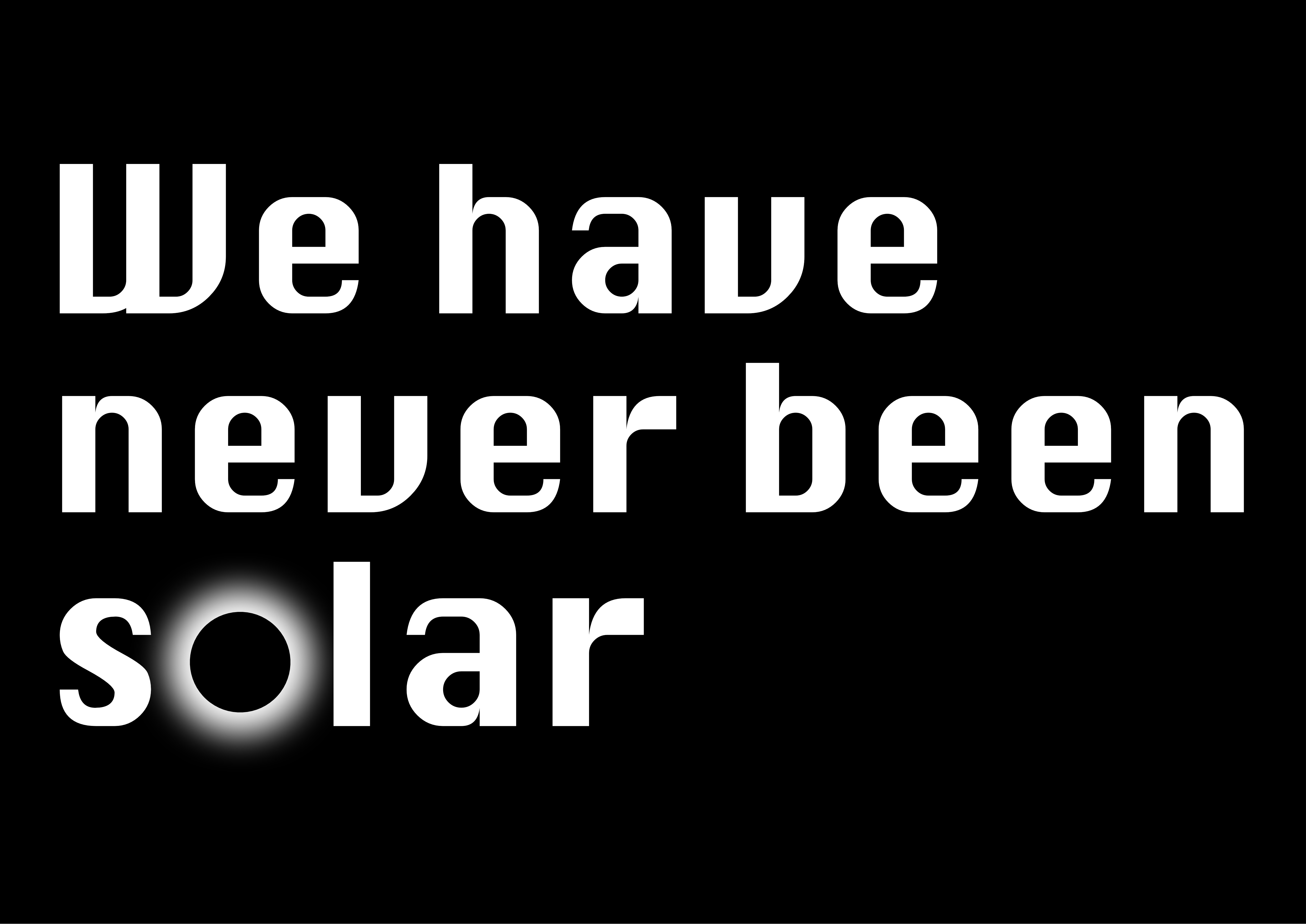
[EN] We have never been solar
Like most things in the world, we were born in the shadows. Our task was first described by Tim Horvath as the discipline of shadows. But something has changed in the world, and it’s the circumstances of the day that have forced us to come out of the dark. The Department of Umbrology emerges out of the need to respond to the climatic mutations of the present.
With Copernicus and Galileo, modernity put the Sun at the centre. After this heliocentric turn, we usually attribute to the sun the ability to give life, but what do we do when it damages us or puts us at risk, such as in atmospheric conditions of extreme heat? But we have never been solar: Our life on Earth could be read as a long interspecies story of how the living have learned to protect from its irradiation. The atmosphere itself, with its complex circulation of air, the seas and river banks or the iridescent tapestry of clouds and forests are nothing but a patchy system, with local expressions, of ways of capturing, regulating, dissipating or blocking the sun’s rays and, of course, of generating shade.
Although both shadows and shades are an old acquaintance of us, growing ecological concerns have pushed administrations and design professionals to recover them as a daily environmental relationship with the sun as it goes through our daily habitats. What’s more, despite the fact that it is usually considered a secondary product of the sun, its negative version, what if shades were the very condition of habitability? For this reason, it has gained great importance in different contemporary technical solutions to face conditions of extreme heat: municipal shading plans, bioclimatic itineraries or shade infrastructures. This is requiring to re-enliven old knowledge and techniques, as well as speculating and creating new solutions to mitigate and adapt to the increasing heat.
In times like this, we also need to address the nature-cultural life of shadows, whether already existing or designed. In a heated present, where the ability to shelter from the scorching sun is a poorly distributed good, vindicating the knowledge and generative practices of shades may be crucial to re-learning to live as earthly beings. That is the task of the ‘Department of Umbrology‘ in our urban territories: to come out of the shadows, to study shade, working «on shadows, from shadows.»
[ES] Nunca fuimos solares
Como la mayor parte de las cosas del mundo, nacimos de las sombras. Nuestra tarea fue descrita por primera vez por Tim Horvath como la disciplina de las sombras. Pero algo ha cambiado en el mundo, son las circunstancias del presente las que nos han obligado a salir de la penumbra. El Departamento de Umbrología surge ante la necesidad de responder a las mutaciones climáticas del presente.
Con Copérnico y Galileo, la modernidad puso al Sol en el centro. Tras ese giro heliocéntrico solemos atribuir al sol la capacidad de dar vida, pero ¿qué hacer cuando nos daña o nos pone en riesgo, como en las condiciones atmosféricas del calor extremo? Sin embargo, nunca fuimos solares: Nuestra vida terrestre necesita ser leída como una larga historia interespecie de cómo los vivientes hemos aprendido a protegernos de su irradiación. La misma atmósfera, con su compleja circulación del aire, los mares y las riberas de los ríos o el tapiz irisado de las nubes y los bosques no son sino un sistema hecho de retales, con expresiones locales, de formas de captar, regular, disipar o bloquear los rayos del sol. Pero, también, de producir sombra.
Aunque la sombra es una vieja conocida, la creciente preocupación ecológica ha hecho que administraciones y profesionales de todo tipo hayan comenzado a recuperar esta relación ambiental cotidiana con el sol a medida que atraviesa nuestros hábitats cotidianos. Es más, a pesar de que suela ser considerada como un producto secundario del sol, su versión en negativo, ¿y si la sombra fuera condición misma de la habitabilidad? Por esto mismo ha cobrado gran importancia en distintas soluciones técnicas para hacer frente al calor extremo del presente: planes municipales de sombras, itinerarios bioclimáticos o infraestructuras de sombreado. Esto está requiriendo revitalizar saberes y técnicas antiguos, así como especular y crear nuevas soluciones para mitigar y adaptarnos ante el calor creciente.
En un momento así necesitamos también abordar la vida natura-cultural de las sombras, sean estas ya existentes o diseñadas. En un presente acalorado, donde la capacidad de cobijarnos del sol abrasador es un bien mal repartido, revitalizar los saberes y prácticas generativas de las sombras quizá sea crucial para volver a aprender a vivir como seres terráqueos. Esa es la tarea del ‘Departamento de Umbrología’ en nuestros territorios urbanos: salir de las sombras, para estudiar las sombras, trabajando «en las sombras, a la sombra.»
